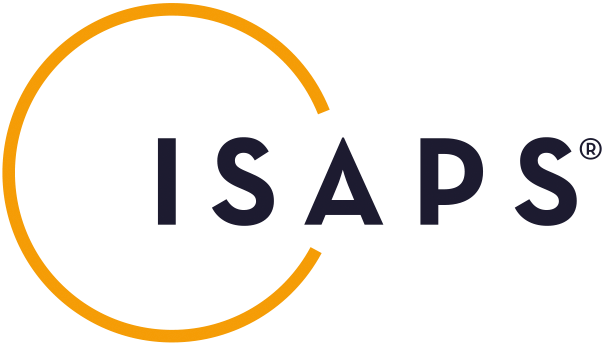
Eyelid Tuck (Blepharoplasty)
Eyelid tuck also known as blepharoplasty is facial rejuvenation procedure that removes excess skin and sometimes fat from the upper and lower eyelids giving the eyes a more rested, youthful look with a brighter appearance. One of the most common and visible signs of ageing is change to the eyelids. With ageing the upper eyelids become droopy, have excess skin and give an appearance of crowding of the eyes or a hooded look. The lower lids develop puffy bags under the eyes, loose skin and wrinkles. All these features can make you look older and more tired than you feel. They can effectively be addressed by cosmetic eyelid surgery. Drooping or crowded or hooded upper lids are often as a result of descent of the brow or forehead. Therefore, it is often beneficial to combine the upper eyelid reduction with a brow lift. Professor Malata recommends a minimally invasive endoscopic brow lift or the lateral brow lift (ala Fogli) for this purpose.
The eyelid surgery (blepharoplasty operation) gets rid of eyelid bags by removing excess skin and fat from the upper & lower eyelids. Correcting the puffy bags below your eyes and the heavy and droopy upper lids makes you look younger and less tired. It does NOT remove crow's feet, malar pouches, dark circles under your eyes, fine eyelid wrinkles, or lift sagging eyebrows. Swelling, bruising, and variable discolouration are normal for 7-10 days.
Risks and complications of eyelid surgery
As in any cosmetic surgery, there are risks as well as benefits and the final results are not guaranteed. The chance of complications following blepharoplasty surgery depends on the exact type of operation needed and other factors such as your general health, drug intake, etc. Professor Malata will explain how the risks apply to you. Detailed postoperative instructions will be discussed during consultation and a procedure-specific handout given to you by Professor Malata.
Some risks of eyelid surgery
Frequent accompaniments of blepharoplasty
-
Minor oozing of blood & tissue fluids through suture lines
-
Swelling and bruising – 7 to 10 days
-
Tendency to dryness of the eyes
-
Temporary inability to close eyes (lagophthalmos)
-
Swollen/ watery looking lining of the eyeball (conjunctival oedema or chemosis)
-
due to fat bag dissection & cautery
-
worse with redos, face lift at the same time, all 4-eyelids
-
resolves within 5 – 10 days usually
-
Epiphora (excess tears): transient & self-limiting
-
Light sensitivity: transient & self-limiting
Infrequent
-
Corneal scratches: rare
-
Dry eye symptoms – temporary usually
-
Inability to close eyes: uncommon, temporary
-
Ectropion (lower eyelid droop): frequent but temporary
-
Residual skin excess
-
Persistent small wrinkles
-
Persistent malar pouches
-
Asymmetry
-
Need for revisional surgery
Rare
-
Bleeding: superficial; deep (retrobulbar) – rare
-
Infection: very rare
-
Visual loss (blindness) – extremely rare
-
Persistent ectropion
-
Ptosis (droopy upper lids)
-
Hypertrophic scarring, cysts
-
Change in refraction: new lenses
WHAT YOU NEED TO KNOW (Eyelid Tuck)
LENGTH OF SURGERY
2 - 3 hours
ANAESTHESIA
General
NO. OF NIGHTS IN HOSPITAL
1 - 2 nights
RECOVERY
2 - 3 days for reading
5 days until removal of sutures
7 - 10 days until socialising with close friends and family
2 weeks until return to work and normal social engagements
3 - 4 weeks until bruising and swelling disappeared
6 weeks until return to gym and other strenuous activities
12 - 24 weeks until final result: scars improve over 1 year
DURATION OF RESULTS
Several years - sometimes permanent
To find out more or make an appointment please contact Prof Malata's Secretary on 07455839093 or malatapractice@gmail.com




